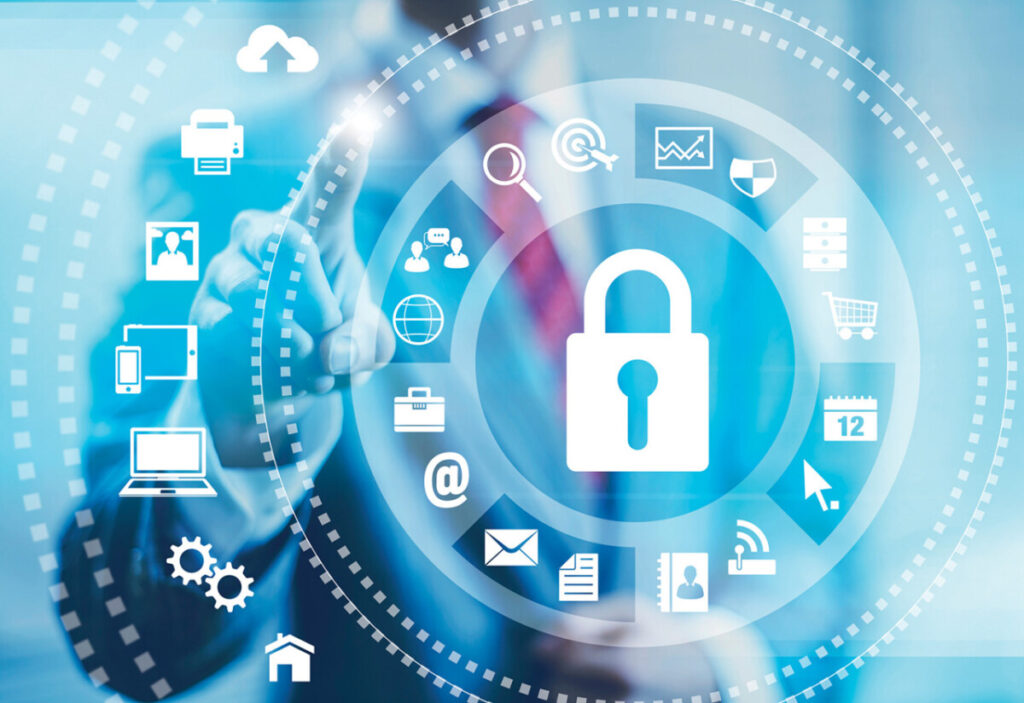Autonomous vehicles use sophisticated hardware and software to map out the world around them to create a perfect route to reach their destination safely. Each sensor has its purpose and they collect a multitude of different types of data in order to identify different things. “The car has to know where it is, where it’s going, and be able to keep track of every other thing and creature on the road.” (LaFrance, 2016), the data provided by the sensors are being used to create a roadmap and identify important information to be able to drive without needing human intervention.

Sensors used by autonomous vehicles vary from manufacturer to manufacturer but they all have one thing in common and that is they collect a mirage of data in order to better understand our driving patterns and improve their systems. Each autonomous car has multiple cameras that can be used to create a 360 surround view of the car or collect data to generate a roadmap. Sensors are also being used by the cars to create a security system, where the car is continuously recording data provided by the sensors, even when the car is turned off or the owner is away. The data collected by the car are being used to analyze crashes or other mischievous behaviors from unwanted people and if identified the owner is immediately notified with a recording of the situation. Cameras are also being used by the car to continuously monitor the driver while they are driving, making sure they don’t doze off or stop paying attention to the road.

All these data collections and tracking are a big concern for the public, since they are unwillingly being a part of a scientific experiment, where they giveaway their privacy in order to improve a technology they never asked for.


